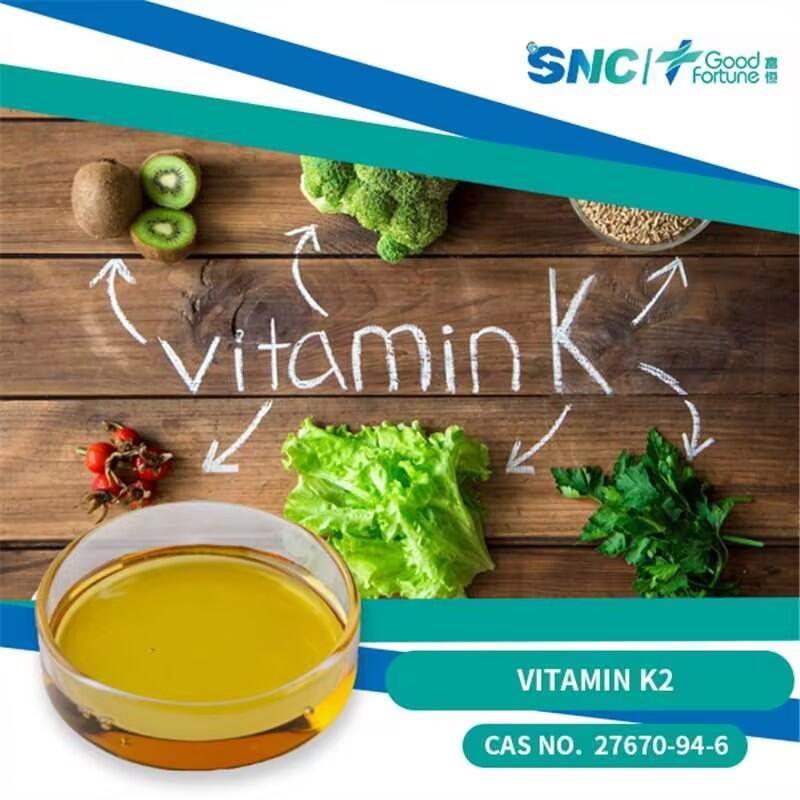-
Categories
-
Pharmaceutical Intermediates
-
Active Pharmaceutical Ingredients
-
Food Additives
- Industrial Coatings
- Agrochemicals
- Dyes and Pigments
- Surfactant
- Flavors and Fragrances
- Chemical Reagents
- Catalyst and Auxiliary
- Natural Products
- Inorganic Chemistry
-
Organic Chemistry
-
Biochemical Engineering
- Analytical Chemistry
-
Cosmetic Ingredient
- Water Treatment Chemical
-
Pharmaceutical Intermediates
Promotion
ECHEMI Mall
Wholesale
Weekly Price
Exhibition
News
-
Trade Service
The production process of β-alanine, N-[(2R)-2,4-dihydroxy-3,3-dimethyl-1-oxobutyl]-, calcium salt, hydrate (2:1:1) involves a series of steps that convert raw materials into the final product.
In the chemical industry, the production process is a critical aspect of ensuring the quality and consistency of the final product.
The process involves the use of various chemicals, equipment, and techniques to produce the final product.
In this article, we will discuss the production process of β-alanine, N-[(2R)-2,4-dihydroxy-3,3-dimethyl-1-oxobutyl]-, calcium salt, hydrate (2:1:1) in detail.
Step 1: Preparation of Raw Materials
The production process of β-alanine, N-[(2R)-2,4-dihydroxy-3,3-dimethyl-1-oxobutyl]-, calcium salt, hydrate (2:1:1) begins with the preparation of raw materials.
The raw materials used in the production of β-alanine include dimethyl terephthalate, 1,4-butandiol, and calcium hydroxide.
These materials are carefully selected to ensure their purity and quality, as any impurities can negatively impact the final product.
Step 2: Establishment of Chemical Equilibrium
The next step in the production process is the establishment of chemical equilibrium.
This involves the reaction of dimethyl terephthalate and 1,4-butandiol to produce β-alanine.
The reaction occurs in a reaction vessel under controlled conditions, such as temperature and pressure, to ensure the establishment of chemical equilibrium.
Step 3: Recrystallization
After the establishment of chemical equilibrium, the β-alanine product is purified through recrystallization.
This involves the dissolving of the β-alanine in a solvent and allowing it to crystallize, which results in the formation of pure crystals.
The crystals are then collected and dried to obtain the final product.
Step 4: Hydration
The final step in the production process is hydration.
This involves the addition of calcium hydroxide to the β-alanine crystals to produce the final product, β-alanine, N-[(2R)-2,4-dihydroxy-3,3-dimethyl-1-oxobutyl]-, calcium salt, hydrate (2:1:1).
The hydration process occurs in a reaction vessel under controlled conditions, such as temperature and pressure, to ensure the formation of the final product.
Quality Control
Quality control is an essential aspect of the production process of β-alanine, N-[(2R)-2,4-dihydroxy-3,3-dimethyl-1-oxobutyl]-, calcium salt, hydrate (2:1:1).
This involves the testing of the final product for its purity, consistency, and quality.
The testing is done using various techniques, such as spectroscopy and chromatography, to ensure that the final product meets the required standards.
Conclusion
In conclusion, the production process of β-alanine, N-[(2R)-2,4-dihydroxy-3,3-dimethyl-1-oxobutyl]-, calcium salt, hydrate (2:1:1) involves several steps that require careful planning and execution.
The steps include the preparation of raw materials, the establishment of chemical equilibrium, recrystallization, hydration, and quality control.
The production process is critical in ensuring the quality and consistency of the final product, which is used in various industries, such as the pharmaceutical industry.
Overall, the production







